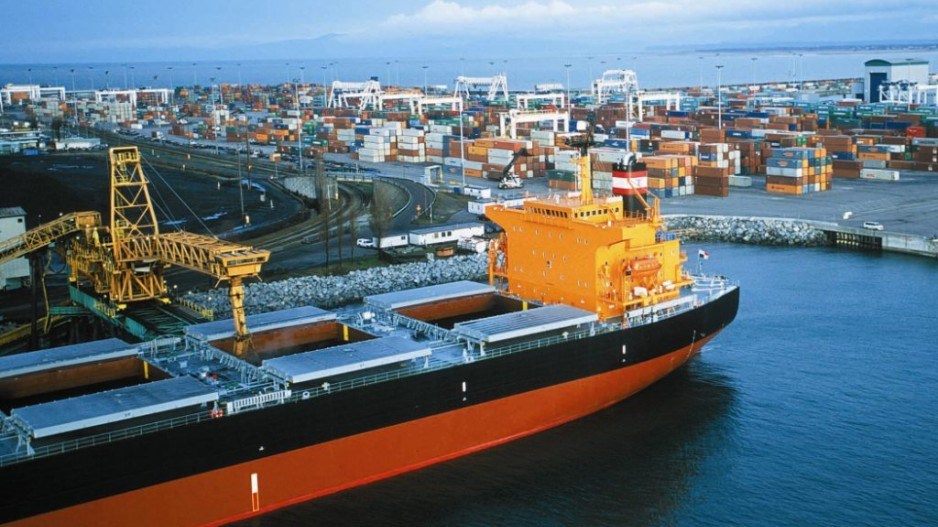The Asia Pacific Gateway Skills Table (APGST) generates industry labour management information. Without that labour supply information, industries, which are the bedrock of Canada’s Asia Pacific trade, are far less well equipped to recognize and react to labour shortages.
The non-profit APGST depends on federal funding that is scheduled to be renewed this fall. But the federal government has yet to confirm whether the funding will be renewed.
ASPGT executive director, Krista Bax, said she’s confident the federal government will continue to support the organization, but added that without that support “our existence will probably dissolve.”
Employment and Development Services Canada (EDSC) provides APGST’s funding.
Evelyne Wildgoose Labrie, EDSC communications officer, said in an email that her organization recognizes the benefits that APGST provides to industry, but did not say whether its funding renewal would be approved.
“Funding is provided on a project basis to successful applicants via open and transparent call for concepts or call for proposals,” she said. “Should the Asia-Pacific Gateway Skills Table respond to future open calls for proposals, their proposals will be assessed on merit and funded if successful.”
The APGST works with industry, labour and education institutions to provide regional and sector-based labour statistics for 34 occupations involved in international trade, including transportation, construction, production and utilities.
It provides information on jobs across the four provinces that make up Canada’s Asia Pacific gateway: Manitoba, Saskatchewan, Alberta and British Columbia.
“The information is very effective because we drill down into very specific areas of the province,” said Manly McLachlan, president of the BC Construction Association and APGST chairman.
He added that APGST takes macro-level information and distils it down to specific elements of the gateway that are relevant to employers, planners, unions and skills instructors.
According to McLachlan, its information is a unique representation of provincial and national labour data that makes it more applicable to specific sectors and regions.
The APGST’s mission is to ensure that the Asia Pacific Gateway has enough people with the right skills to meet its labour needs.
For example, its hiring difficulty index aggregates labour market, worker mobility, immigration, worker experience and labour supply data into a single metric that projects the degree of difficulty employers will face when attempting to hire new employees in upcoming years.
Bax said the information is essential for a port to be effective and productive. Cutting its funding, she said, would consequently reduce that productivity.
“If there are labour issues, and we’re not as efficient of a port as you can get in comparative ports like in Long Beach and Seattle, we’ll lose out,” said Bax. “It’s all about staying competitive, staying productive and having a workforce there to support it.” •




